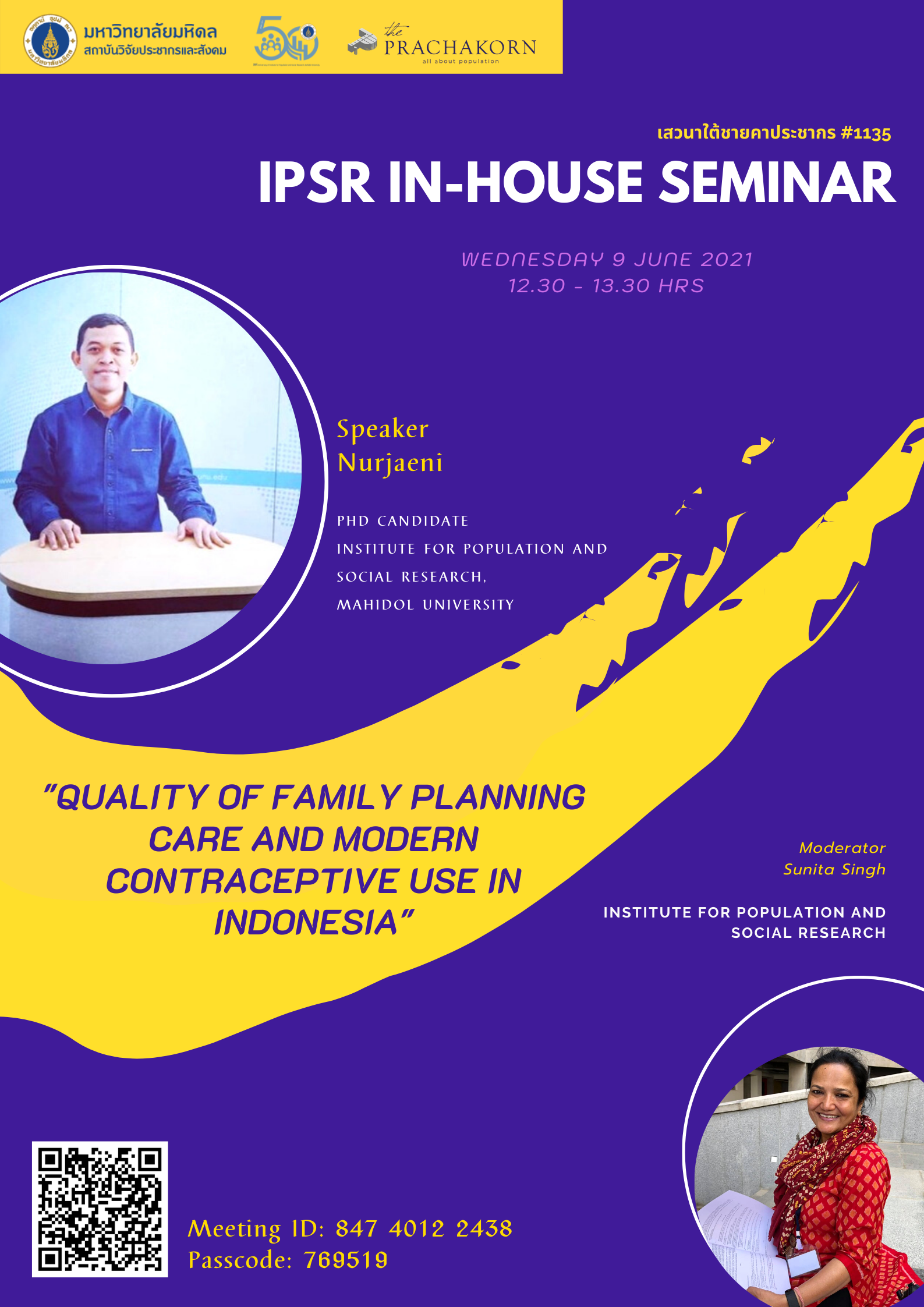Abstract
Relatively low modern contraceptive prevalence and high unintended childbearing pose substantial encounters for Indonesia to achieve sustainable development goals. Despite contraceptive behaviors are influenced by multiple and multilevel variables, studies on modern contraceptive use in Indonesia has concentrated on single-level and mostly individual and household variables, and less interest has been devoted to multilevel analysis that accounts for community and SDP characteristics that may affect woman’s decision to use modern contraceptive method. This study analyzed nationally representative data from the 2016 PMA2020 survey of 10,210 women in 372 clusters in Indonesia. The data were analyzed using a multilevel mixed-effects logistic regression model to assess the role of quality of family planning care and other factors in modern contraceptive utilization after adjustment for other covariates. The findings show the highest loading factors for structural quality of family planning care were number of modern methods provided, SDP supports CHWs, available water and electricity, and available skilled personnel, while the highest loading factors for process quality were privacy and confidentiality of clients and provision of post-abortion service. The findings indicate that an advancement in modern method use can be gained by improving quality of family planning care. More precisely, improvement in structural and process quality of care will yield substantial growths in modern contraceptive use. Likewise, an enhancement in women’s decision autonomy and their level of education are other concerns to be addressed. Moreover, health workers should also address prevailing cultural/traditional customs in community and should target communities where the demand for modern FP was deprived by social beliefs and norms. Yet, findings from multilevel mixed-effect regression analysis has demonstrated that there was significant variation across communities in how individual, household, community, and SDP factors affect modern FP practice. Hence, context should be taken into consideration in the development of FP intervention and promotion programs.
Moderator: Sunita Singh

June 9, 2021
